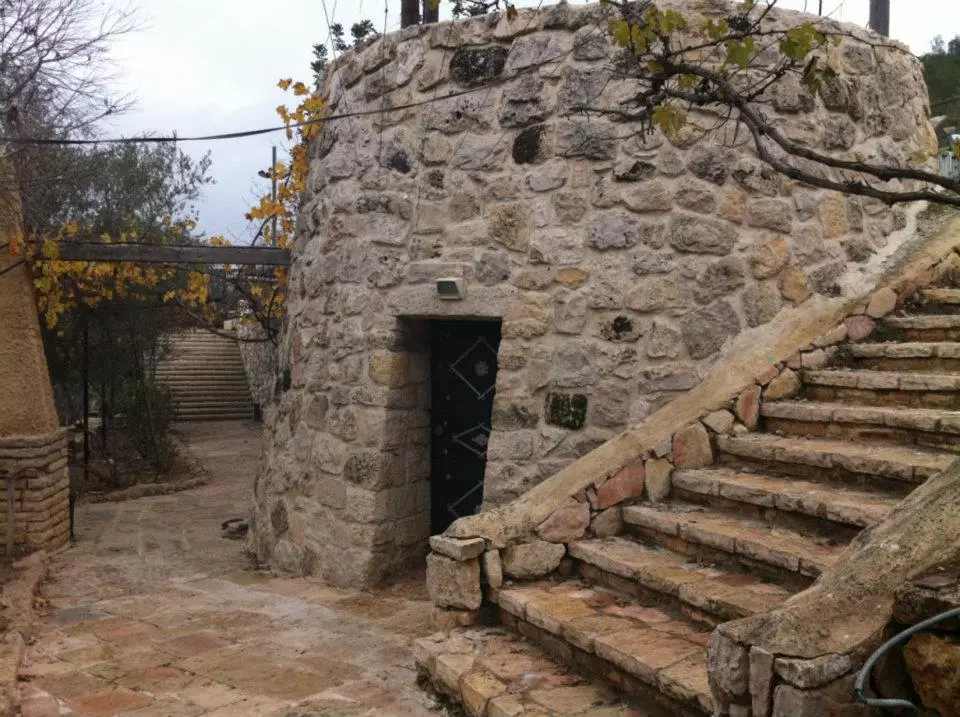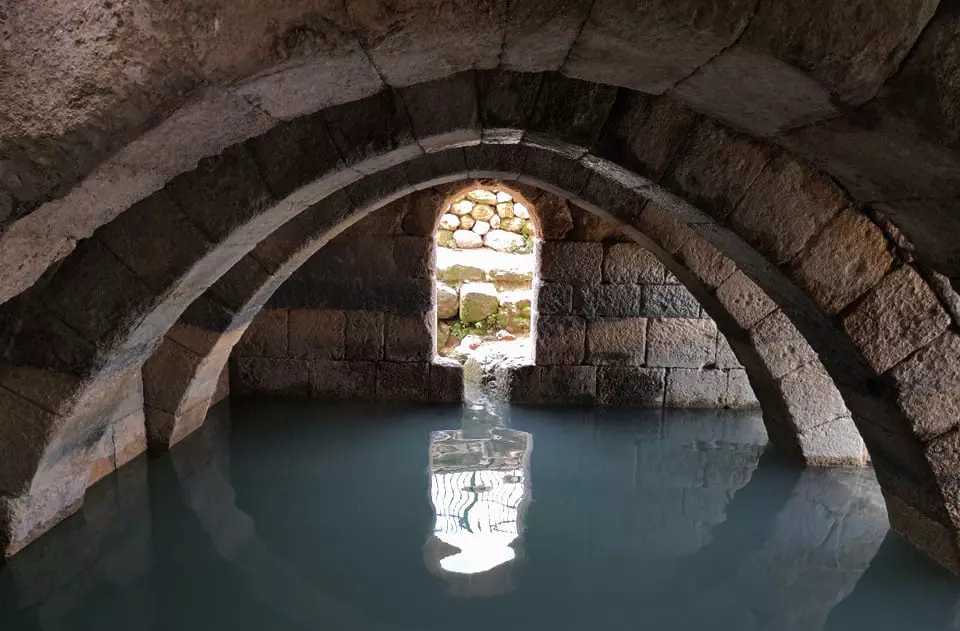SECOND YEAR UNDERGRADUATE
Muna Alsheikh—Class of 1982 Architectural Science Alumni Memorial Award
![]()
Muna Alsheikh—Class of 1982 Architectural Science Alumni Memorial Award

About the Award
Class of 1982 Architectural Science Alumni Memorial Award:
This award was established by the class of 1982 Architectural Science Alumni in honour of their classmates and friends Claudio Grossi, Mark Adamo, Bill Slumskie and Kelly Masterson.
In architecture, we often compare dwellings with homes. But what truly makes a home a dwelling? Is it merely an emotional connection to a place, or is it a profound architectural relationship with land, earth, and water? Dwellings are more than shelter; they anchor us to a sense of belonging, whether to a house, a neighborhood, or an entire city. As people shape their cities, those cities in turn shape the people who inhabit them. It is within this exchange that memory, resilience, and adaptation become a part of the built environment. I want to explore this dynamic in the organizational system of my own city, one I have never had the chance to see, so I can understand how architecture archives layers of history. That city lies in the land of the olive trees, the land that borders the Dead Sea: Palestine (or the Palestinian Territories). Traveling there for the first time will not only be a personal return to heritage but also an academic journey, connecting architectural practice with living memory to unveil how cities manifest dwelling through cultural practice.
Beyond theory, the historic urban fabric of Palestine provides tangible spaces to learn from and engage with. Architecture is a living archive of collective memory, so engaging with these spaces is more than studying monuments. The architecture carries centuries of stories from Romans and Greeks to the Crusaders and Ottomans. The stone houses of Hebron and Yalo are witnesses to how architecture embodies resilience and continuity across generations. By examining Jerusalem’s historical buildings, winding streets, and infrastructure, I can learn how these spaces are connected to the dwellers. I want to study the relationship between the Dome of the Rock and Jerusalem to see how the mosque anchors itself as the city center. As one of the oldest civilizations, Jericho will help me see firsthand how the old city’s framework is integrated into a modern city. I hope to learn about vernacular stone construction, adaptive reuse, and integrating resilient heritage into living, modern cities. For me, studying this heritage is a way for me to reconcile my identity and affirm that architecture is as much about sustaining the past as it is about creating the new.
Travelling to Palestine will shape my architectural education by grounding me in the importance of conservation, heritage preservation, and how cities are an extension of dwelling. I strive to carry forward lessons of resilience, context, and cultural continuity into my professional practice. Whether it is through conserving historic structures, designing adaptive interventions, or telling cultural stories through contemporary architecture, I want my work to reflect how built form can honor memory while serving the present. By connecting personal heritage with academic exploration, this journey will enrich my education and prepare me to engage architecture not just as buildings, but as vessels of identity, belonging, history, and human connection.
Class of 1982 Architectural Science Alumni Memorial Award:
This award was established by the class of 1982 Architectural Science Alumni in honour of their classmates and friends Claudio Grossi, Mark Adamo, Bill Slumskie and Kelly Masterson.
In architecture, we often compare dwellings with homes. But what truly makes a home a dwelling? Is it merely an emotional connection to a place, or is it a profound architectural relationship with land, earth, and water? Dwellings are more than shelter; they anchor us to a sense of belonging, whether to a house, a neighborhood, or an entire city. As people shape their cities, those cities in turn shape the people who inhabit them. It is within this exchange that memory, resilience, and adaptation become a part of the built environment. I want to explore this dynamic in the organizational system of my own city, one I have never had the chance to see, so I can understand how architecture archives layers of history. That city lies in the land of the olive trees, the land that borders the Dead Sea: Palestine (or the Palestinian Territories). Traveling there for the first time will not only be a personal return to heritage but also an academic journey, connecting architectural practice with living memory to unveil how cities manifest dwelling through cultural practice.
Beyond theory, the historic urban fabric of Palestine provides tangible spaces to learn from and engage with. Architecture is a living archive of collective memory, so engaging with these spaces is more than studying monuments. The architecture carries centuries of stories from Romans and Greeks to the Crusaders and Ottomans. The stone houses of Hebron and Yalo are witnesses to how architecture embodies resilience and continuity across generations. By examining Jerusalem’s historical buildings, winding streets, and infrastructure, I can learn how these spaces are connected to the dwellers. I want to study the relationship between the Dome of the Rock and Jerusalem to see how the mosque anchors itself as the city center. As one of the oldest civilizations, Jericho will help me see firsthand how the old city’s framework is integrated into a modern city. I hope to learn about vernacular stone construction, adaptive reuse, and integrating resilient heritage into living, modern cities. For me, studying this heritage is a way for me to reconcile my identity and affirm that architecture is as much about sustaining the past as it is about creating the new.
Travelling to Palestine will shape my architectural education by grounding me in the importance of conservation, heritage preservation, and how cities are an extension of dwelling. I strive to carry forward lessons of resilience, context, and cultural continuity into my professional practice. Whether it is through conserving historic structures, designing adaptive interventions, or telling cultural stories through contemporary architecture, I want my work to reflect how built form can honor memory while serving the present. By connecting personal heritage with academic exploration, this journey will enrich my education and prepare me to engage architecture not just as buildings, but as vessels of identity, belonging, history, and human connection.


